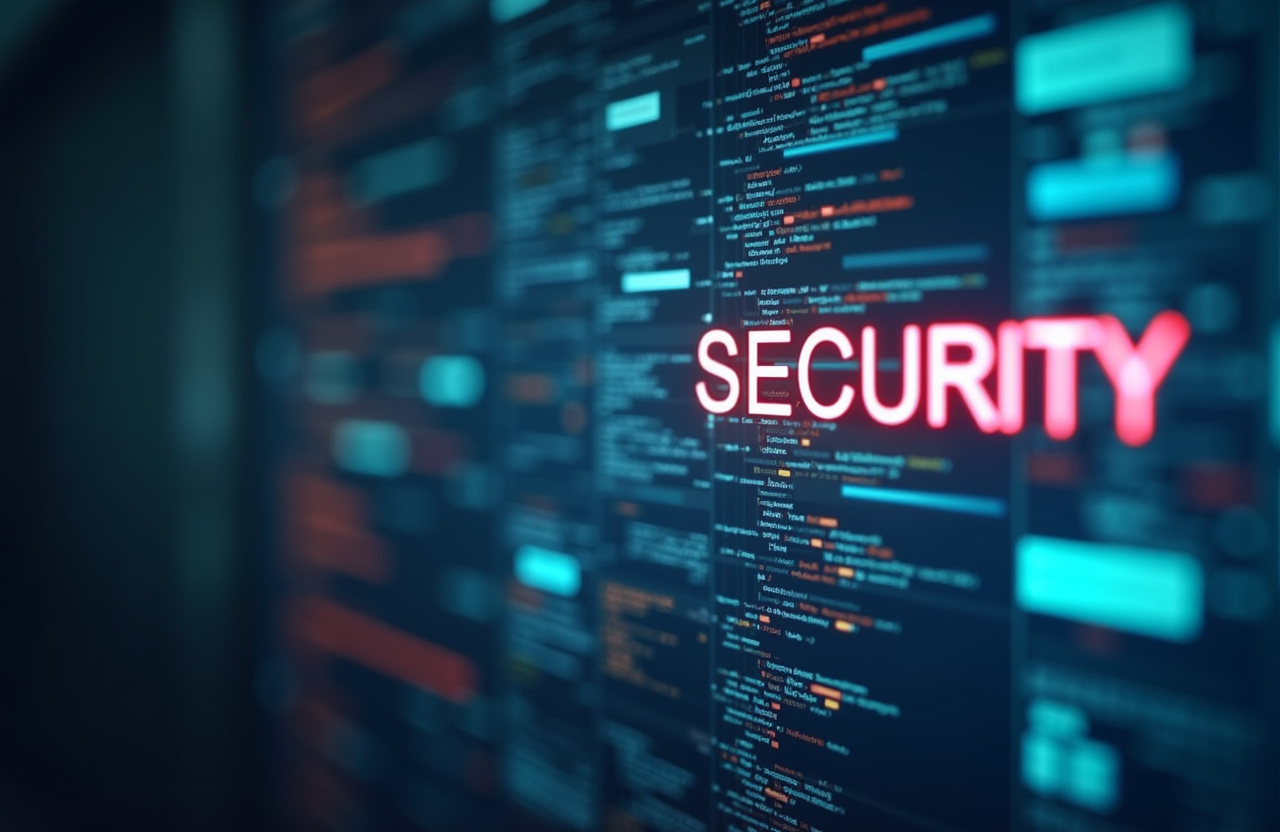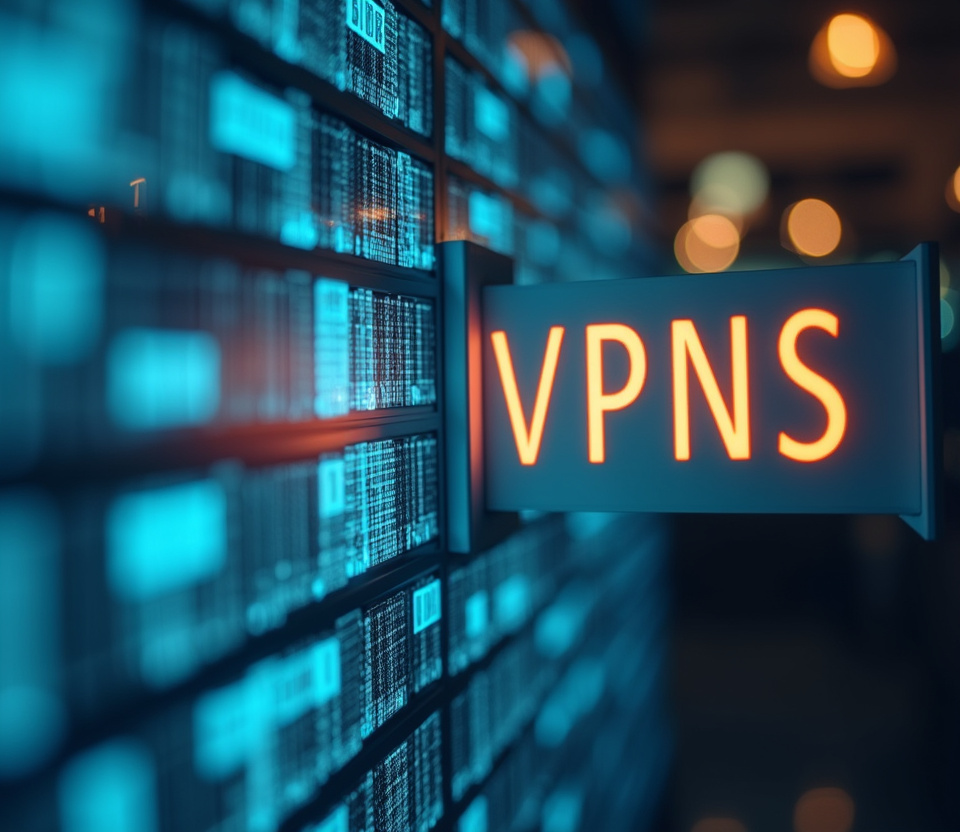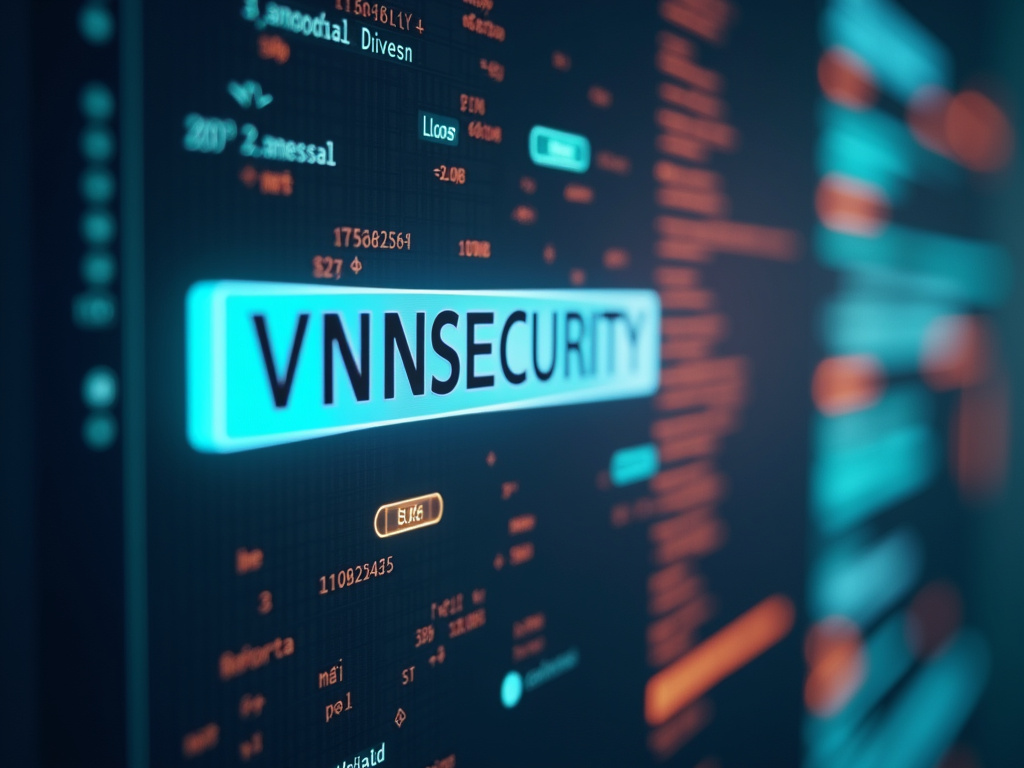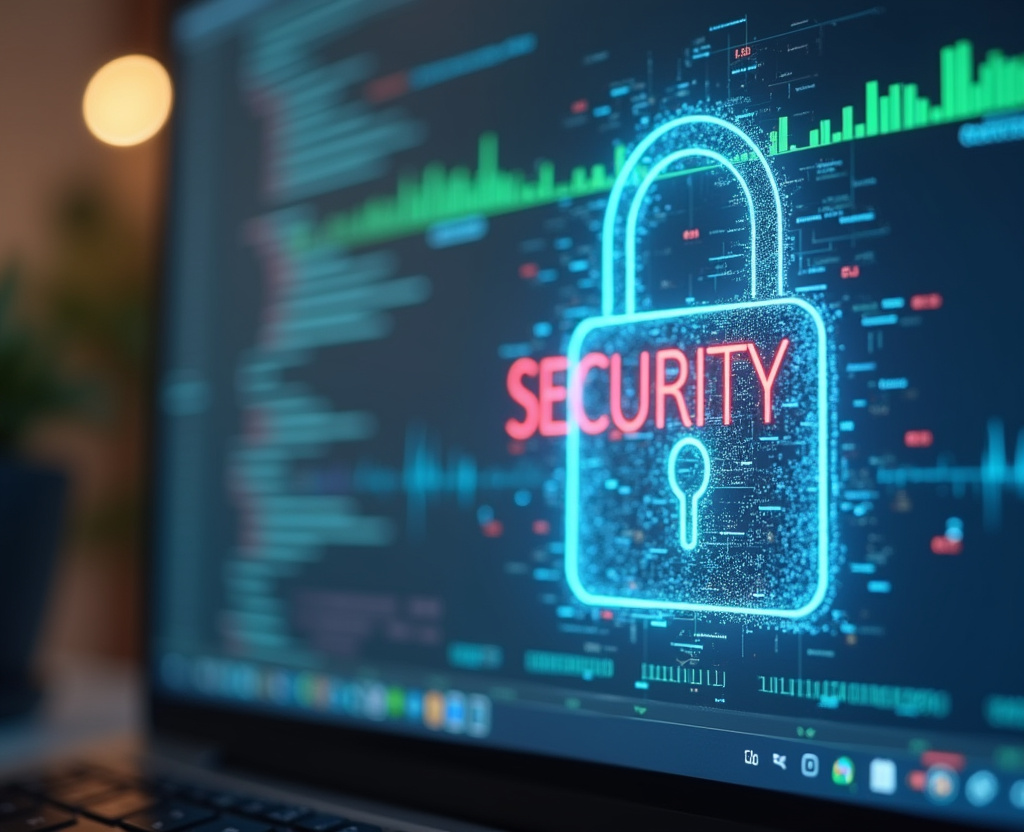VPNs for Higher Education Libraries: Protecting Digital Resources

Table of Contents
education library VPN
In the contemporary landscape of higher education, libraries have undergone a profound transformation from repositories of physical books to dynamic hubs of digital resources. This evolution has ushered in an era of unprecedented access to information, empowering students, researchers, and faculty with a wealth of knowledge at their fingertips. However, this digital revolution has also presented a unique set of challenges, particularly in the realm of cybersecurity.
Higher education libraries manage and provide access to a vast collection of sensitive data, including student records, research data, licensed databases, and other proprietary information. This data is a prime target for malicious actors who seek to exploit vulnerabilities in network security. Consequently, higher education libraries must implement robust measures to safeguard their digital resources and protect the privacy of their patrons.
One such measure that has gained considerable traction is the deployment of Virtual Private Networks (VPNs). VPNs create a secure, encrypted tunnel between a user's device and the library's network, effectively shielding data from prying eyes. This article delves into the crucial role of VPNs in higher education libraries, exploring how they enhance digital resource security, ensure patron protection, and bolster access security.
We will examine the various types of VPNs suitable for libraries, discuss best practices for implementation and maintenance, and explore the broader implications of VPN technology for the future of academic libraries. The escalating sophistication of cyber threats necessitates a proactive approach to cybersecurity. Libraries can no longer rely solely on traditional security measures such as firewalls and antivirus software.
VPNs provide an additional layer of security that is essential in today's threat landscape. By encrypting all network traffic, VPNs prevent unauthorized access to sensitive data, even if a device is compromised. This is particularly important in a higher education environment where students and faculty often use personal devices to access library resources.
These devices may not have the same level of security as library-owned computers, making them vulnerable to malware and other threats. A robust solution protects these devices by ensuring that all data transmitted over the library's network is encrypted and secure. This encryption process transforms readable data into an unreadable format, making it incomprehensible to unauthorized individuals who may attempt to intercept it.
Consider a scenario where a student is conducting research using a public Wi-Fi network at a coffee shop. Without a VPN, their internet traffic, including their search queries, login credentials, and even the information they are viewing, could be intercepted by hackers lurking on the same network. With a VPN, however, all of this data is encrypted, making it virtually impossible for hackers to decipher.
This protection extends to sensitive information such as student ID numbers, contact information, and academic records, which are often accessed through library resources. By safeguarding this data, VPNs help to maintain the privacy and confidentiality of students and faculty. Furthermore, the implementation of a VPN also demonstrates a commitment to and , fostering trust among students, faculty, and the broader academic community.
When users know that their privacy is being protected, they are more likely to utilize the library's resources and engage in research activities. This ultimately enhances the learning and research environment within the institution. When institutions invest in a bespoke , they signal a clear priority toward safeguarding both intellectual property and user confidentiality.
This can lead to increased user engagement, as patrons feel more secure accessing resources through the library's network. Therefore, the strategic deployment of VPNs is not merely a technical upgrade; it's a cornerstone of fostering a secure, trustworthy, and thriving academic community. Moreover, a VPN can assist in bypassing geographical restrictions on certain academic databases and resources, ensuring equitable for all students regardless of location.
This globalized access is crucial in today's interconnected world, enabling students to conduct comprehensive research without limitations.
education library VPN
The primary function of a VPN in the context of a higher education library is to create a secure, encrypted connection between a user's device and the library's network. This encrypted tunnel effectively shields all data transmitted between the device and the library from unauthorized access. This is particularly crucial when users are accessing library resources from off-campus locations, such as their homes, coffee shops, or other public Wi-Fi networks.
Public Wi-Fi networks are notoriously insecure, making them prime targets for hackers who seek to intercept sensitive data. Without a VPN, any data transmitted over a public Wi-Fi network is vulnerable to eavesdropping. This includes usernames, passwords, search queries, and even the contents of downloaded documents.
A VPN encrypts all of this data, rendering it unreadable to anyone who might be monitoring the network. This encryption protects not only the user's personal information but also the library's digital resources. By preventing unauthorized access to licensed databases, e-books, and other proprietary content, VPNs help libraries comply with licensing agreements and protect their intellectual property.
Moreover, VPNs can also help to prevent denial-of-service (DoS) attacks, which can disrupt access to library resources. A DoS attack occurs when a malicious actor floods a server with traffic, overwhelming its resources and making it unavailable to legitimate users. VPNs can mitigate the impact of DoS attacks by masking the user's IP address, making it more difficult for attackers to target the library's servers.
By routing traffic through a VPN server, the actual IP address of the user's device is hidden from the external network. This makes it more difficult for attackers to identify and target specific devices or systems within the library's network. A well-configured can act as a buffer, absorbing some of the impact of a DoS attack and ensuring that legitimate users can still access library resources.
There are several different types of VPN protocols available, each with its own strengths and weaknesses, therefore, a proper assesment is needed to carefully evaluate which are the appropriate protocols to be used according to the needs of the library. The most common VPN protocols include OpenVPN, IPSec, and WireGuard. OpenVPN is an open-source protocol that is widely considered to be one of the most secure and reliable VPN protocols.
It supports a variety of encryption algorithms and can be configured to run on a variety of platforms. IPSec is another widely used VPN protocol that is often used in conjunction with other security protocols, such as L2TP. IPSec provides strong encryption and authentication, making it a popular choice for securing sensitive data.
WireGuard is a relatively new VPN protocol that is gaining popularity due to its simplicity and speed. WireGuard is designed to be lightweight and easy to configure, making it a good option for users who are not technically savvy. When selecting a VPN protocol for a higher education library, it is important to consider the library's specific needs and requirements.
Factors to consider include the level of security required, the ease of configuration, and the performance impact on the network. A library with highly sensitive data may opt for a more robust protocol such as OpenVPN or IPSec, even if it requires more technical expertise to configure. A library with limited IT resources may prefer WireGuard due to its ease of use.
Regardless of the protocol chosen, it is essential to ensure that the VPN is properly configured and maintained to ensure maximum and . Regular security audits and software updates are crucial for maintaining the integrity of the VPN and protecting against emerging threats. Properly implemented, a can significantly enhance and ensure digital safety when navigating through the library's vast digital offerings.
Therefore, a meticulous approach to both selection and maintenance is paramount in maximizing its benefits for the entire academic community. By understanding the nuances of encryption, and threat mitigation, academic libraries can harness the full potential of the technology.
access security
Beyond security, VPNs also play a crucial role in enhancing to library resources. Many libraries subscribe to licensed databases and other electronic resources that are restricted to authorized users. These resources are typically accessible only to students, faculty, and staff who are affiliated with the institution.
VPNs provide a mechanism for verifying the identity of users who are accessing these resources from off-campus locations. When a user connects to the library's VPN, their device is assigned an IP address that is associated with the institution's network. This allows the library to verify that the user is an authorized user before granting them access to protected resources.
Without a VPN, it would be difficult to verify the identity of remote users, potentially leading to unauthorized access to restricted resources. This unauthorized access could violate licensing agreements and expose the library to legal and financial penalties. Furthermore, VPNs can facilitate seamless access to resources that are geographically restricted.
Some databases and online journals may only be accessible from specific countries or regions. This can be a major obstacle for students and researchers who are studying abroad or conducting research in remote locations. A allows users to bypass these geographical restrictions by routing their traffic through a server located within an authorized region giving seamless access to protected library resources.
By connecting to a VPN server in the appropriate location, users can gain access to resources that would otherwise be unavailable to them. This ensures that all students and faculty have equal access to the information they need, regardless of their location. To ensure effective and , higher education libraries should implement a comprehensive VPN strategy that includes the following key elements: careful selection of a VPN solution that meets the library's specific needs and requirements.
Factors to consider include the number of concurrent users, the level of security required, the ease of configuration and management, and the cost. Libraries should also conduct thorough testing of the VPN solution to ensure that it is compatible with their existing infrastructure and that it provides adequate performance. Clear and concise communication about the availability and usage of the VPN should be provided to students, faculty, and staff.
This communication should explain the benefits of using a VPN, how to connect to the VPN, and troubleshooting tips. Training materials and support resources should also be made available to users. Regular monitoring and maintenance of the VPN infrastructure is also key for its proper performance.
Libraries should monitor the performance of the VPN to ensure that it is operating efficiently and that users are able to connect without difficulty. They should also regularly update the VPN software and security protocols to protect against emerging threats. Robust authentication and authorization mechanisms should be implemented with the VPN set up to ensure that only authorized users can access library resources through the VPN.
This may include requiring users to authenticate with their institutional credentials or using multi-factor authentication. A properly implemented not only enhances but also strengthens the overall learning environment by providing secure and reliable access to information resources, irrespective of location. Thus, the integration of VPN technology is a strategic imperative for modern academic libraries striving to meet the evolving needs of a digitally driven educational landscape.
Therefore, consistent monitoring, updates, and user education form the backbone of a successful VPN implementation, ensuring its long-term effectiveness in safeguarding both data and access.
education library VPN
Implementing a VPN in a higher education library requires careful planning and execution to ensure a seamless and secure experience for users. The first step is to assess the library's specific needs and requirements. This includes determining the number of concurrent users who will need to access the VPN, the types of resources that will be protected by the VPN, and the level of security required.
Based on this assessment, the library can then select a VPN solution that meets its specific needs. There are several different types of VPN solutions available, including software-based VPNs, hardware-based VPNs, and cloud-based VPNs. Software-based VPNs are typically the most affordable option, but they can be more difficult to configure and manage.
Hardware-based VPNs provide better performance and security, but they are more expensive. Cloud-based VPNs offer a balance of performance, security, and cost, but they require a reliable internet connection. Once a VPN solution has been selected, the next step is to configure the VPN server and clients.
This typically involves installing VPN server software on a dedicated server or virtual machine and configuring the VPN client software on user devices. The configuration process will vary depending on the VPN solution chosen. For example, OpenVPN requires the generation of certificates and keys, while WireGuard is typically configured using simple configuration files.
It is important to follow the vendor's instructions carefully to ensure that the VPN is properly configured. After the VPN server and clients have been configured, the next step is to test the VPN connection. This involves connecting to the VPN from a user device and verifying that the connection is secure and that the user can access library resources.
Libraries should also conduct thorough testing of the VPN to ensure that it is compatible with all types of devices and operating systems. Careful attention must be paid to the compatibility to the most operating systems, which can be done during the testing phase as well as the selection phase of the . In addition to configuring the VPN server and clients, it is also important to implement appropriate security measures to protect the VPN from unauthorized access.
This includes using strong passwords, enabling multi-factor authentication, and regularly updating the VPN software. Libraries should also implement a firewall to protect the VPN server from external threats. The library should also take measures to actively ensure user protection.
A clear privacy policy should be in place letting users know the potential risks of using VPNs in general but guaranteeing that user privacy is the number one priority of the library. Ongoing maintenance is essential to ensure the continued security and reliability of the VPN. This includes monitoring the VPN logs for suspicious activity, regularly updating the VPN software, and performing security audits.
Libraries should also establish a process for responding to security incidents and for notifying users of any security breaches. By implementing these best practices, higher education libraries can ensure that their VPN provides a secure and reliable connection for users accessing library resources. The implementation of a is a commitment to safeguard and provide paramount .
The goal is to improve and establish a trustworthy and reliable environment, which will only improve the trust in the academic community as a whole.
education library VPN
The deployment of VPNs has far-reaching implications for the future of higher education libraries. As libraries continue to evolve into digital hubs, the need for robust security measures will only increase. VPNs are likely to become an essential component of the library's security infrastructure, providing a secure and reliable connection for users accessing digital resources from anywhere in the world.
Furthermore, VPNs can enable libraries to offer new and innovative services to their users. For example, VPNs can be used to provide access to specialized databases and software applications that are only available to authorized users. VPNs can also be used to provide remote access to library computers and other resources.
As technology continues to advance, the role of VPNs in higher education libraries is likely to expand even further. One potential future application of VPNs is in the area of personalized learning. VPNs can be used to track user activity and to provide personalized recommendations for resources and services.
For example, if a student is researching a particular topic, the VPN can recommend relevant articles, books, and databases. This personalization can help students to learn more effectively and to make the most of the library's resources. This creates the opportunity to leverage the power of the solutions in a way that provides not just security but also a more tailored academic experience.
Another potential future application of VPNs is in the area of research collaboration. VPNs can be used to create secure connections between researchers at different institutions, allowing them to share data and collaborate on research projects. This can accelerate the pace of research and lead to new discoveries.
Security is paramount in research collaboration, and that requires solid VPN solutions guaranteeing . However, it also presents a challenge to keep costs low and make VPNs readily available. Many educational institutions struggle with this tradeoff and need to decide whether or not to invest in a full VPN or implement cheaper solutions.
However, for many institutions, that is an easy decision since the potential security breaches are far more costly. However, there are also challenges associated with the use of VPNs in higher education libraries. One challenge is the cost of implementing and maintaining a VPN.
VPN solutions can be expensive, and libraries may need to invest in new hardware and software. Another challenge is the complexity of configuring and managing a VPN. VPNs can be technically complex, and libraries may need to hire IT staff with specialized expertise.
Libraries should consider whether or not to insource or outsource their IT operations. If they lack the expertise, the best solution is to outsource the technical part so that the institutions can focus on the core business. Another common challenge is gaining acceptance from users since many students and staff are not aware of the dangers out there and need to understand why it improves in the long run.
The key to gaining acceptance is to clearly explain the benefits of using a VPN and to make it easy for users to connect. Libraries should also provide training and support to help users troubleshoot any problems they may encounter. Overcoming these challenges can provide higher education libraries with the ability to improve , which benefits all the patrons of the library.
In conclusion, VPNs are a valuable tool for protecting digital resources and enhancing access security in higher education libraries. By creating a secure and encrypted connection between users and library resources, help to ensure the privacy and confidentiality of sensitive data. By carefully planning and executing VPN implementations, libraries can realize various academic benefits which will help them in the long run.
The combination of those benefits far outweighs any short-term challenges that may be encountered.
Stay Updated
Get the latest VPN news, tips, and exclusive deals to your inbox.




